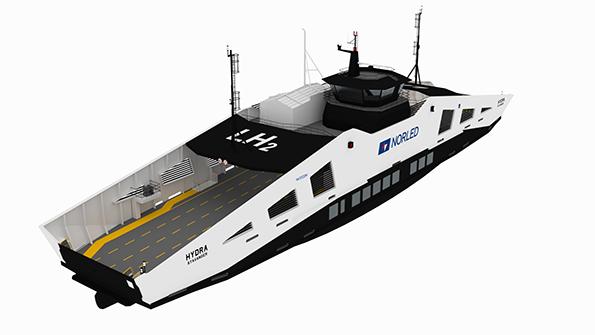Do Emissions Goals Make Hydrogen The Only Choice For New Aircraft?

Ask the Editors: The Aviation Week Network invites our readers to submit questions to our editors and analysts. We’ll answer them, and if we can’t we’ll reach out to our wide network of experts for advice.
Driven by the need to store vast amounts of renewable energy, efficiency of the electrolyzers used to produce green hydrogen has improved 80% over the past two years in China. Jet engines can be modified to run on 100% hydrogen with minimal incremental cost. The need for a dramatic reduction in emissions is rising everywhere. Doesn’t this make green hydrogen the only choice for a new aircraft?
France Bureau Chief Thierry Dubois and Senior Propulsion Editor Guy Norris answer:
In energy production investment, renewable sources have overtaken fossil fuels. The next step will be to make renewable power more readily available, thus finding a way to overcome its intermittent nature. In other words, wind and sunshine are not constant.
Despite fast progress, storing electricity in batteries has proven its limits. A battery’s specific energy may remain too low for most sectors of commercial aviation, where weight is more important than in other sectors. This is where liquid hydrogen comes into play. Its specific energy looks favorable for aircraft design (see chart), even with the density challenge. Pound for pound, hydrogen contains 200 times more energy than a lithium-ion battery.
Another challenge, as the reader mentions, is the cost of producing hydrogen from renewables. Production cost has to fall more than 50%—to $2-2.50/kg by 2030—to make hydrogen a viable alternative, according to S&P Global Ratings analysts. The credit rating agency recently released a report on the potential global use of hydrogen, not exclusive to aviation.
Rolls-Royce is seeing small, modular nuclear reactors as one potential path. While countries are expanding their wind, solar and other renewable energy sources, small nuclear reactors could also feed electricity to the grid as a zero-carbon source or drive electrolyzers to produce hydrogen.
We could not find a reference to electrolyzer efficiency improvement in China, but the technology is certainly a factor. “Key drivers for continued cost reduction include the industrialization of electrolyzer manufacturing (-25%); improvements in electrolyzer efficiency, operations and maintenance (-10%); and the use of low-cost renewable power (-20%),” says the Hydrogen Council, a group of large companies with interests in future hydrogen use, either as producers or users.
Depending on the method, the efficiency of a water electrolyzer stands between 60-80%, according to Hydrogen Europe Industry, a lobbying association promoting the use value of hydrogen and fuel-cell technologies.
As for manufacturing costs, high-efficiency electrolyzers rely on rare earth materials such as platinum and iridium. These materials account for nearly 50% of the cost of an electrolyzer, according to BioSolar, a California-based developer of energy storage technology and materials.
Then will come the cost of liquefaction. In September, Energy conglomerate Engie and space launcher manufacturer ArianeGroup signed a cooperation agreement in the field of renewable liquid hydrogen “to accelerate the decarbonization of heavy-duty and long-distance transportation” by sea and road. The idea is to halve the energy consumption and cost of the liquefaction process.
Liquefaction involves a temperature of -253C (-423F), which is complex and expensive. Thanks to progress in the maritime and road transport industries, the production and liquefaction infrastructures for hydrogen will probably be in place when aviation needs them. If aviation needs additional infrastructure, technologies will already be mastered.
Would it be financially risky to develop an aircraft that would not use “green” hydrogen? Yes, this is a possibility. More generally, emitting greenhouse gases may become extremely expensive as taxes and the effects of market-based measures grow with public pressure.
| More Questions And Answers |
Editor's note: The table with this article was updated to correct the energy denisity unit of measure.







Comments